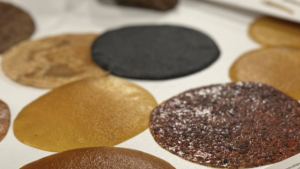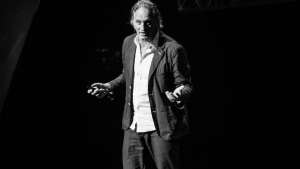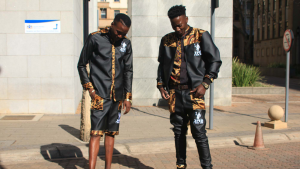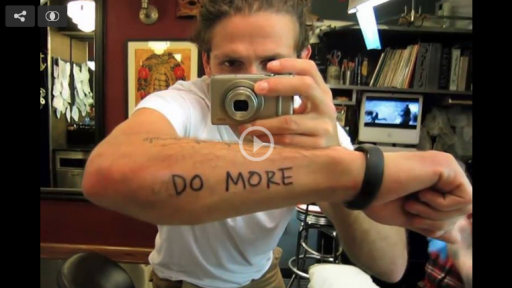Roberto Feo and Rosario Hurtado of El Ultimo Grito did not start out as designers. Feo completed studies in sociology and social anthropology while Hurtado has a degree in economics.
It was only once they moved to London in 1989 from their native Madrid, that they became engaged in design and completed further studies in furniture making and industrial design.
“For us, design is the process of materialising ideas,” says Feo. “And when you view it in that context, design is absolutely everything. We are surrounded by design; we are mediated by design.”
For this husband-and-wife team, discussion is very much part of their creative process. “It is through conversation and analysis that we look at how to bring together all of these references from different sources – from philosophy to popular culture - distilling them and starting to transform them into something different.”
For them, the creative process often opens a window, leading to other forms of the work. “When designing a work, you are bringing meanings into it and suddenly the work itself helps you see the present or the past in a different light. It also starts opening up possibilities for new application of the work.”
The couple reference George Orwell’s concept of “doublethink” from his dystopian novel Nineteen Eight-Four, where ordinary people simultaneously accept two mutually contradictory beliefs as correct. They found this concept to be a useful approach to design.
They believe we are constantly living in a contradiction and that we do this quite naturally because things are never just white or black but always grey.
If you use the concept of 'doublethink' in design, it opens up a completely different approach. You can design things that are both good and bad at the same time; it is like being Darth Vader and Luke Skywalker at the same time, Feo says.
Another literary reference that the pair found useful is poet William Blake’s quote: “I must create a system or be enslaved by another man’s.”
They realised that they were designing things that were “obeying the system” and so, to subvert the preconceived ideas associated with traditional materials and mass manufacturing, they started working with packaging materials such as bubble wrap, boxing tape and packing beans. They choose to work in a hands-on, collaborative way, constructing installations in public spaces that respond to the specific space.
Hurtado and Feo both also teach design and reflect on their role as lecturers and tutors to a new generation of designers. “We are always practising at the same time as teaching and so all the questioning and all the interrogation in our work, we bring to the university straightaway,” says Hurtado.
We aren’t teaching students what we are doing, we are bringing the questions that we have to students and work with them to explore what design can be.
They view the students as part of an extended team that help them think about and evolve design through a constant process of feedback into the practice.
There is a tendency to make good students who work for industry; we prefer to make 'not-so-good' students but designers who are a bit more questioning, says Feo. I don't want students to be satisfied with just feeding the system but rather to question the system and find new opportunities in reinventing the system.









